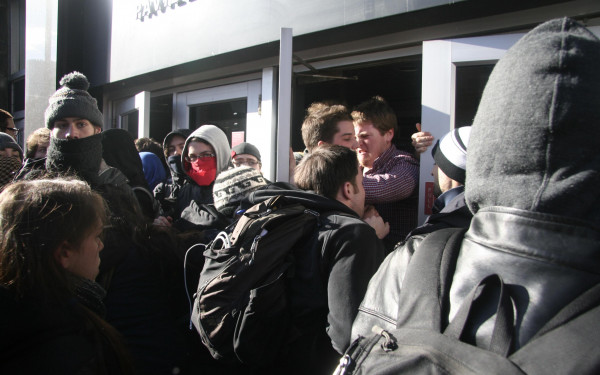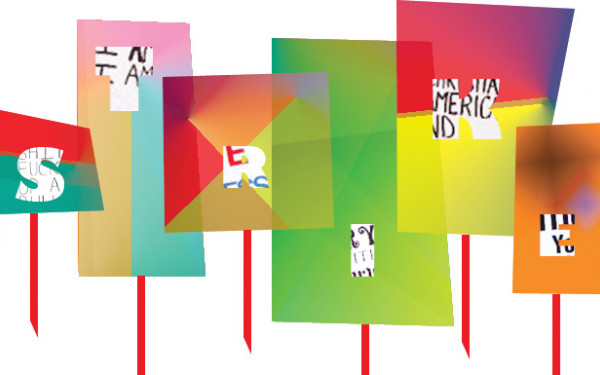Editorial
Project Noise is Killing the Music Scene
There was a lot of buzz this summer about noise pollution in Montreal, particularly in the Plateau-Mont Royal borough.
Over the past three months, there were 3,000 noise complaints in the area. Notably, reputable music festivals like the Osheaga music festival and a Pop Montreal showcase held at Parc des Ameriques experienced the brunt of new efforts by the city of Montreal to address the issue of noise pollution.
Under pressure from the city, the Service de police de la Ville de Montréal initiated Project Noise to address the issue and began handing out fines of up to $12,000 to anyone who was too loud.
With Project Noise, another addition was made to the city’s bylaws to clean up, green up and make Montreal a more desirable place to live.
Citizens of all kinds, including those in city council and tourism, boast about Montreal’s vibrant music scene. However, that scene depends on summer music festivals that, more often than not, feature Montreal musicians of all stripes. So why is it that the places from which this music emerges are being punished?
Established Montreal DJ Ghislain Poirier threatened to leave the city because of the steep fines. He said in his blog that the municipal government is sucking the life out of Montreal’s music scene and that there is no way for him to grow as a musician if he isn’t allowed to play his music.
Project Noise seems to be a bit of a contradiction.
Construction deprives those who live in the Plateau of sleep and peace six days a week, from 6:00 a.m. to 10:00 p.m. Surely, The Link is not arguing against construction in Montreal, a city falling apart, but maybe Project Noise should aim its efforts at true noise pollution, rather than cracking down on new musicians.
This isn’t the city’s first crackdown on local art.
Recently, the city hounded venues and artists for putting up poster-art to broadcast shows. Club Lambi lamented to francophone newspaper La Presse that it might soon face fines for noise pollution and illegal advertising.
Small music venues will inevitably suffer most from these large fines.
This will hurt in areas like the Mile End and Griffintown that have seen the loss of two eminent cultural spaces due to noise complaint over the past year. Lab Synthèse closed down in November of last year. More recently, Montreal saw the loss of Friendship Cove over the summer. Those places were part of what made Montreal’s music scene stand out amongst the crowd.
Surely there is great music in every city in Canada, it’s just that Montreal tends to be a place aspiring musicians move to, since the city caters to and embraces budding talent.
The city’s noise laws impacted Concordia when the student union was told over the summer that international star K’naan would need to perform under 80 decibels. The orientation headliner was moved to Loyola Campus after the city would not relent and the concert could not find a proper venue anywhere downtown.
Since music is necessary for Montreal’s citizens and tourist industry, why aren’t hours dedicated to playing loud music? Why is there no crackdown on festivals with corporate sponsorship, like the Montreal Jazz Festival or the NASCAR outdoor party on Crescent Street? Try talking on the phone two blocks away from those festivals. It’s impossible.
Information about Project Noise is basically hidden from the public. Stephane Belanger, the man behind Project Noise, mentioned to La Presse that there aren’t any set stipulations for how loud a crowd could be. Therefore, the fines are totally subjective and are at the whim of the police officer writing the ticket.
Living in Montreal, or any urban centre for that matter, comes with a certain lifestyle, especially if you are living in a city that has the biggest undergraduate population in Canada. While The Link believes in peace and quiet, we suggest Project Noise makes itself heard so noisemakers know what they’re up against.
Project Noise’s intentions are questionable and will ultimately, if implemented, be destructive to Montreal’s identity and its reputation.
This article originally appeared in Volume 31, Issue 04, published September 7, 2010.



__600_375_90_s_c1.jpg)

